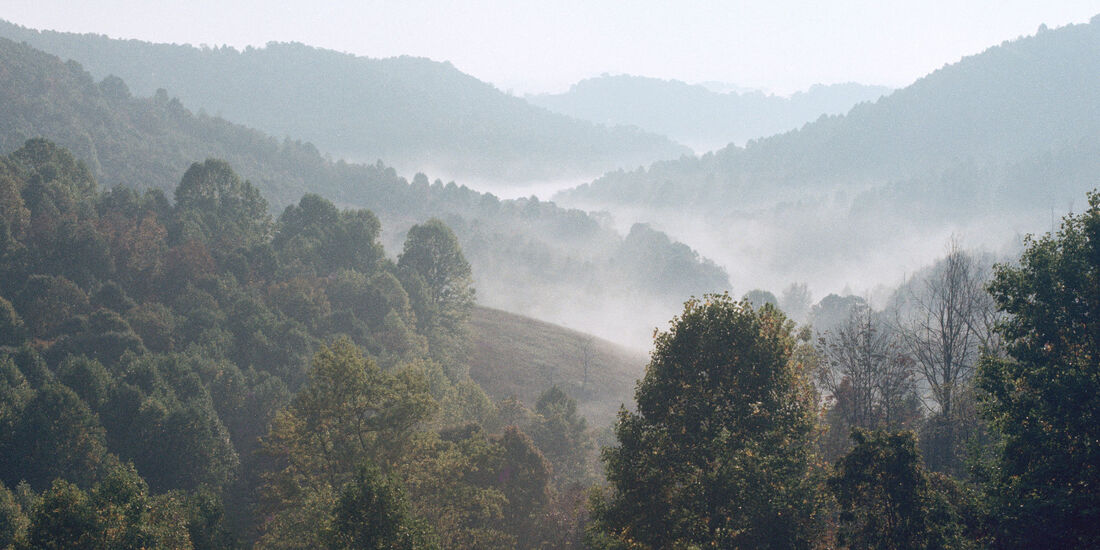|
The men at the corner of High Street and Pleasant were black from head to toe. My mother said they were miners who had just left work. One day they disappeared. Mother said they were still there; they just looked like everyone else. With newly installed showers at the mines, the men could clean and change clothes before heading for home.
On the wooded slopes across the river from my childhood home, tipples carried coal to railroad cars for transport. The men who dug it earned union wages for dangerous work deep underground. They got quality health care at United Mine Workers hospitals and clinics. In 1949, mining in West Virginia extracted 122,913,540 tons of coal and employed 121,121 people. During my 1950s childhood, automation in the deep mines cut into jobs. Strip mining heightened unemployment in the 1960s and 1970s. Slicing tops off mountains for easy access is highly mechanized, and explosives are cheaper than people. Employment and union membership plummeted. By 2004, the industry extracted 153,631,633 tons statewide with only 16,037 workers. Mountaintop removal not only slashed jobs by 90 percent but also destroyed forests and animal habitat. Erosion, flooding, and contaminated drinking water followed. Given adequate resources, the state that led the nation in Covid vaccinations can model rural recovery. Isolated communities need access to broadband, local health services, and jobs that can’t be outsourced. Healing may begin, in part, with restoring the wooded mountaintops of my childhood memories.
4 Comments
3/22/2021 02:42:48 pm
A high school friend still in the area tells me restoration is ongoing. The work of reforestation can offer employment as well. Tourism and health clinics can bring jobs, too. Yes, the vaccine story shows the state has the competence, though needs are great.
Reply
Beth Genne
3/31/2021 11:01:22 am
A moving and important topic beautifully written
Reply
Leave a Reply. |
AuthorI'm a historian who writes novels and literary nonfiction. My home base is Madison, Wisconsin. Archives
July 2024
|

 RSS Feed
RSS Feed